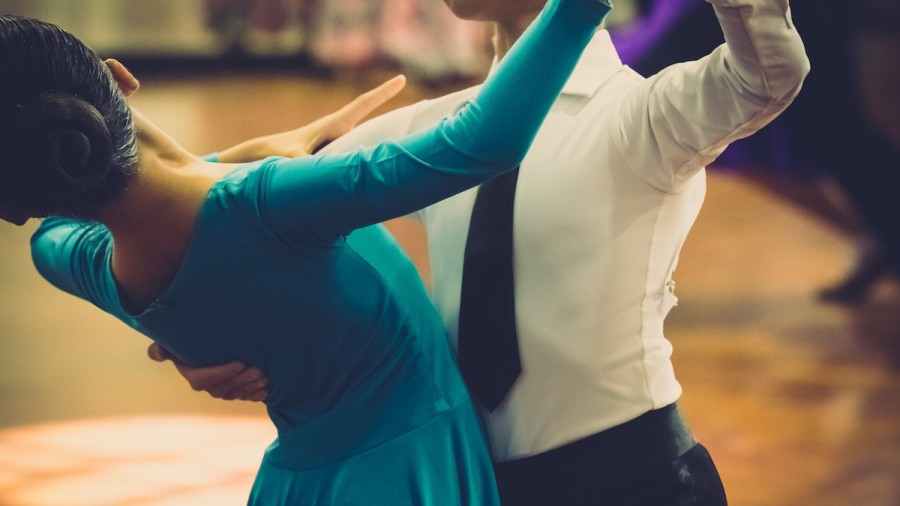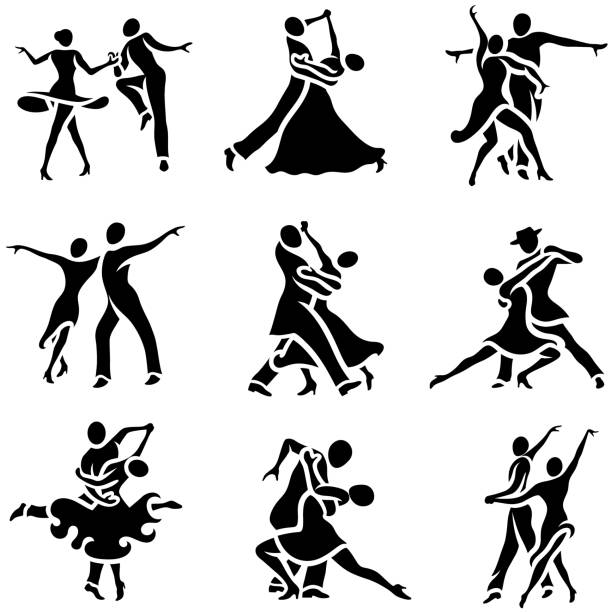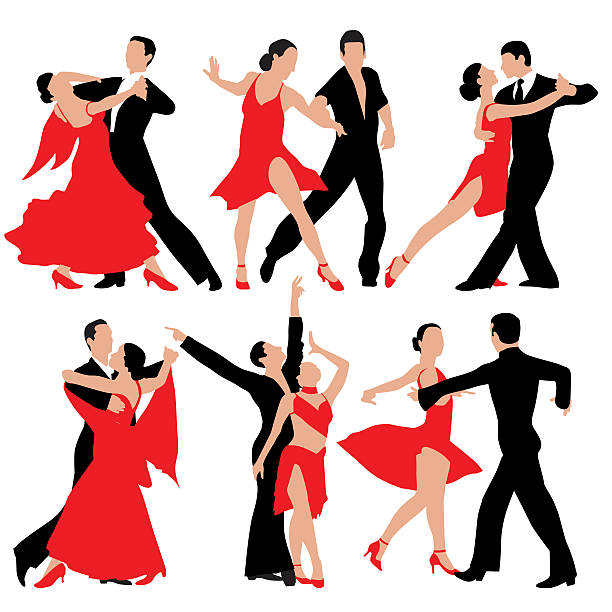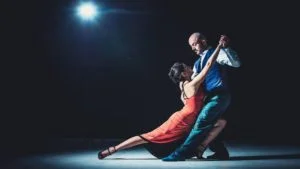The definition of dance according to Google is; “the movement of the body in a rhythmic way, usually to music and within a given space, for the purpose of expressing an idea or emotion, releasing energy, or simply taking delight in the movement itself.” In this Blog Waltz and Tango: Differences in the two Dance forms, as the name already suggests we will be talking about the two dances and how they differ from each other.
Deciding on a dance style to learn is to be frank very difficult. There are so many dance styles out there that it is easy to confuse one with the other. We tend to mix them in terms of their moves, and can’t grasp the concepts of each.
Two of the most popular dance styles out there are the waltz, and the tango. They’re often confused with each other. But they are both unique in their own ways. We at Podium School have compared the two styles for you to help put them into perspective as a potential new student. Also, to give you an idea as to which would fit you and your personality more.
Waltz

Waltz, (from German walzen, “to revolve”), is a highly popular ballroom dance evolved in the 18th century. The dance form is characterized by a step, slide, and a step in 3/4 time. The waltz, at first had shocked polite society. It became a ballroom dance due to its excellence in somewhere around the 19th century. However, it tenaciously maintained its popularity in the 20th. Its variations include the rapid, whirling Viennese waltz and the gliding, dipping Boston. Composers of famous waltzes include Frédéric Chopin, Pyotr Ilyich Tchaikovsky, and Johann Strauss and his sons, especially Johann Strauss the Younger, who was known as “the Waltz King.”
Tango
The tango evolved in about 1880 in dance halls of Buenos Aires. Here the Spanish tango, a light-spirited variety of flamenco, merged with the milonga, a fast, sensual, and disreputable Argentine dance. The dance form also shows possible influences from the Cuban habanera. In the 1900s the tango became socially acceptable and by 1915 it was a craze in fashionable European circles.
The early tangos were spirited, happy and lively, but by 1920 the music and lyrics had become intensely melancholic. The tango step also went from early exuberance to a smoother ballroom step.
Among the best-known names of those most strongly associated with tango are Juan d’Arienzo, Anibal Troilo, Osvaldo Pugliese, Carlos Di Sarli, Francisco Canaro, Astor Piazzolla, and Carlos Gardel.
Comparisons
As the title Waltz and Tango: Differences in the two Dance forms suggests, we have come to the comparisons between these two dance forms. So, please read on.
Difference in terms of being Social Dances
Speed is what differentiates the tango from the waltz. If you are more of a high-tempo individual who wants to try a difficult dance, the tango would be the way to go. The waltz, is more on the slower side and a more methodical dance. It falls under the beginner dances. Both of these dances make for great social styles which will put you with a partner and allow you both to really feel the music. They can be seen all around the world, and though the dances may vary slightly in terms of the way certain parts of the world perform and interpret them, their general themes are quite the same and celebrated globally.
The dance styles of both the tango or waltz are great to take up as a student of Dance. As great social dances, you will easily be able to try them out in enjoyable party settings. Whether you choose the tango or the waltz, you are going to be taking up a dance that is useful in your social life, and also gives you that edge you require. But to choose anything, you need to first understand the basics and the vital differences between them to help you in making the right choice. So, here goes;
Difference in the Positioning and Leading
In the tango the man and the woman tend to dance in a close embrace. Here the ladies’ head sometimes rest on the man’s shoulder, and their whole bodies touch at most of the steps. In the waltz we see this same closeness. But both the men and the women would dance upright with a straight postures.
If there comes a need for the couple to rotate quickly due to the requirement of a step on the dance floor, this closeness becomes a necessity in both these dance forms. Instead of facing the audience, the couples tend to be face-to-face in both Waltz and Tango. In both the waltz and the tango, the man is the lead, and the women is to follow his movements and figures which he created. The closeness of the dance position is also a requirement as it helps the women to understand what step is coming by feeling it through the man’s body.


Breaking Societal Views
The tango and the waltz are both very daring dance forms and both helped break the societal views and tensions of cultures around the world. Unlike earlier court dances, the waltz wasn’t made with set figures of dance. Just a few steps which could be paired together however one liked. This made a way for the lower-class to learn the dance. And even show their importance based on their dancing ability rather than by their class. The easy set of steps created a way for anyone to learn without a dance master or a teacher for that matter. Similarly, even the tango did not require dance classes or lessons. Anyone from anywhere could learn the tango, and it helped break the racial, class, and ethnic tensions in the society.
Criticisms
Whenever new dances were created throughout the world, be it anywhere or any place. People have without a trace of doubt criticized them in one way or another. When the waltz and the tango were created, their societies had many views against the dances, and the waltz was said to have,
shocked English society with its closed dance position and breathlessness of the young women who danced it.
People also thought that,
Dancing led to temptations, making them indecent and immoral.
Final words
Whatever the past or present views on the dances may be, both dances are great in their own unique and subtle ways. They are undoubtedly great forms of dance which people can enjoy throughout the globe. The motive of this blog “Waltz and Tango: Differences in the two Dance forms” was to bring in focus the comparisons between the two. And also to help readers make a choice between the two dances, and which they would like to go about learning first. We at Podium School dearly hope we were able to do precisely that for our valued readers.
Share with your friends





